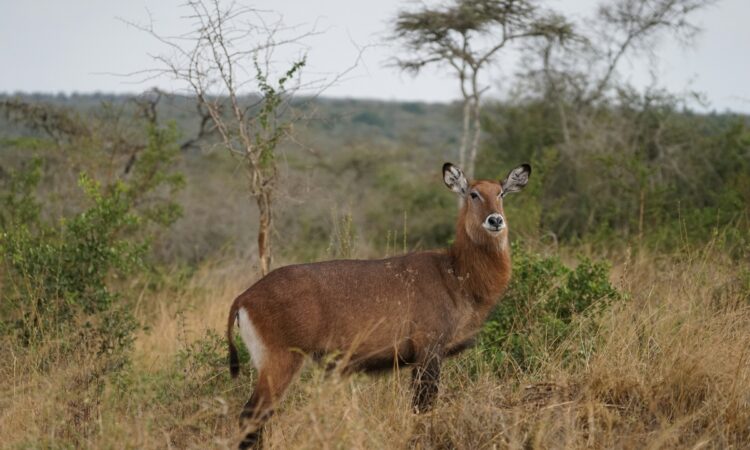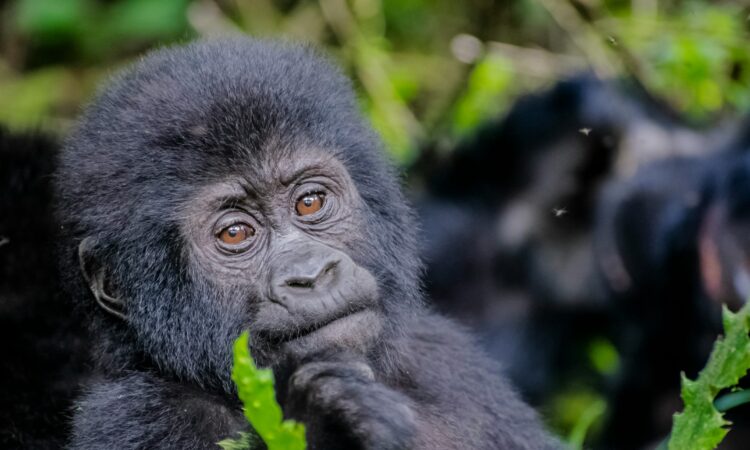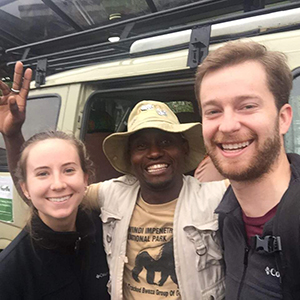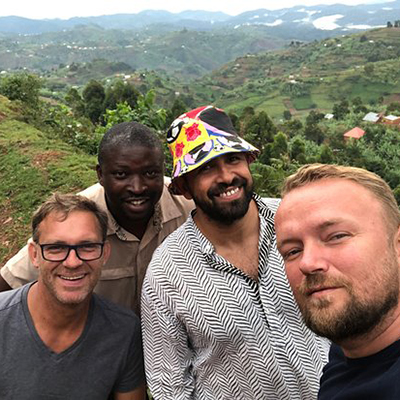Katonga Wildlife Reserve was designated as a game reserve in 1964. Before the civil unrest of the 1970s, the 207-square-kilometer area served as a corridor for wildlife moving in search of water.
The reserve has pockets of tropical and riverine forests mixed with savannah and acacia woodlands.
Wetlands, both permanent and seasonal, make up a large part of Katonga Wildlife Reserve. It is one of the few places in Africa where a large population of the shy and solitary Sitatunga antelope can be found. This antelope prefers papyrus wetlands as its habitat.
Other animals in the reserve include elephants, hippos, olive baboons, black-and-white colobus monkeys, Uganda kobs, waterbucks, duikers, and reedbucks.
The wetlands also support a variety of amphibians and reptiles, as well as a population of river otters. In addition, more than 150 bird species have been recorded in the reserve.
Related Article: Matheniko Wildlife Reserve – Explore Uganda’s Semi-Arid Wilderness & Unique Wildlife Safari
Trails in Katonga Wildlife Reserve

Three trails have been developed in Katonga Wildlife Reserve to help visitors explore its different ecosystems. The Sitatunga Trail offers the best chance of spotting the shy Sitatunga antelope, especially in the early morning. As you walk through the savannah and along the Katonga River, you may also see other mammals.
The Kyeibale Trail is a circular hiking route that passes through scrubland and forests, leading visitors past interesting rock formations and animal shelters.
The Kisharara Trail crosses the savannah to the wetland canal, follows the Katonga River, and continues along one of its tributaries, passing through different ecosystems.
Along this trail, visitors can see Sitatunga antelopes, various monkey species, and other wildlife.
Exploring Katonga by Boat

One of the unique experiences in Katonga Wildlife Reserve is exploring the wetlands by boat. A local boat operator and a ranger guide visitors along the Wetland Canal Trail, a 2-kilometer route through the reed and papyrus swamps. This boat trip provides the best opportunity to see wetland animals like otters and a variety of birds, including storks and kingfishers.
Although it is not possible during the rainy season, visitors can also plan an overnight excursion into the reserve’s less explored interior.
Related Article: Karuma Wildlife Reserve – Uganda’s Sanctuary for Elephants, Giraffes & Antelopes











